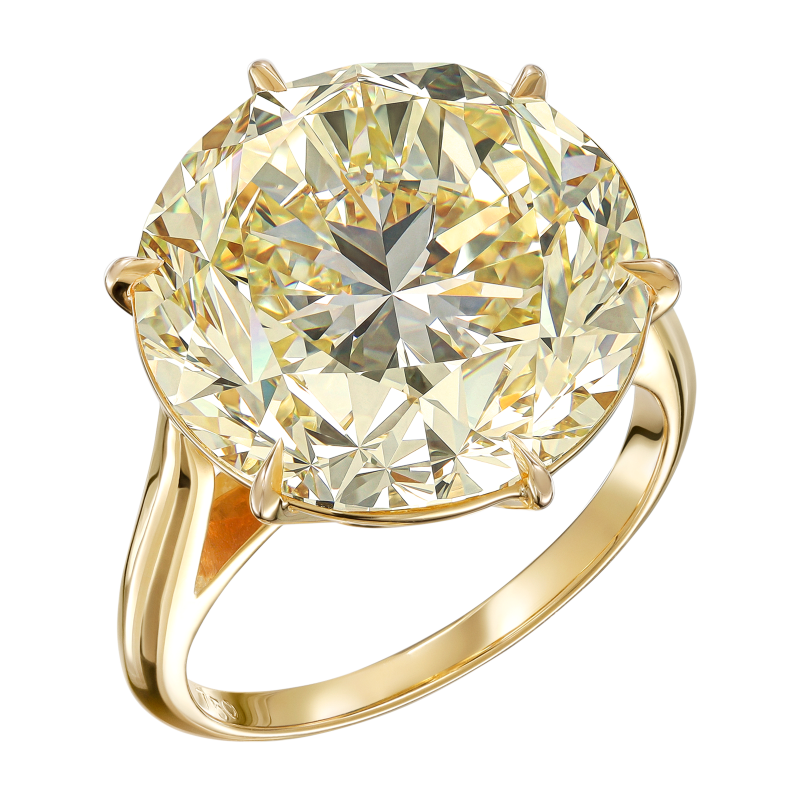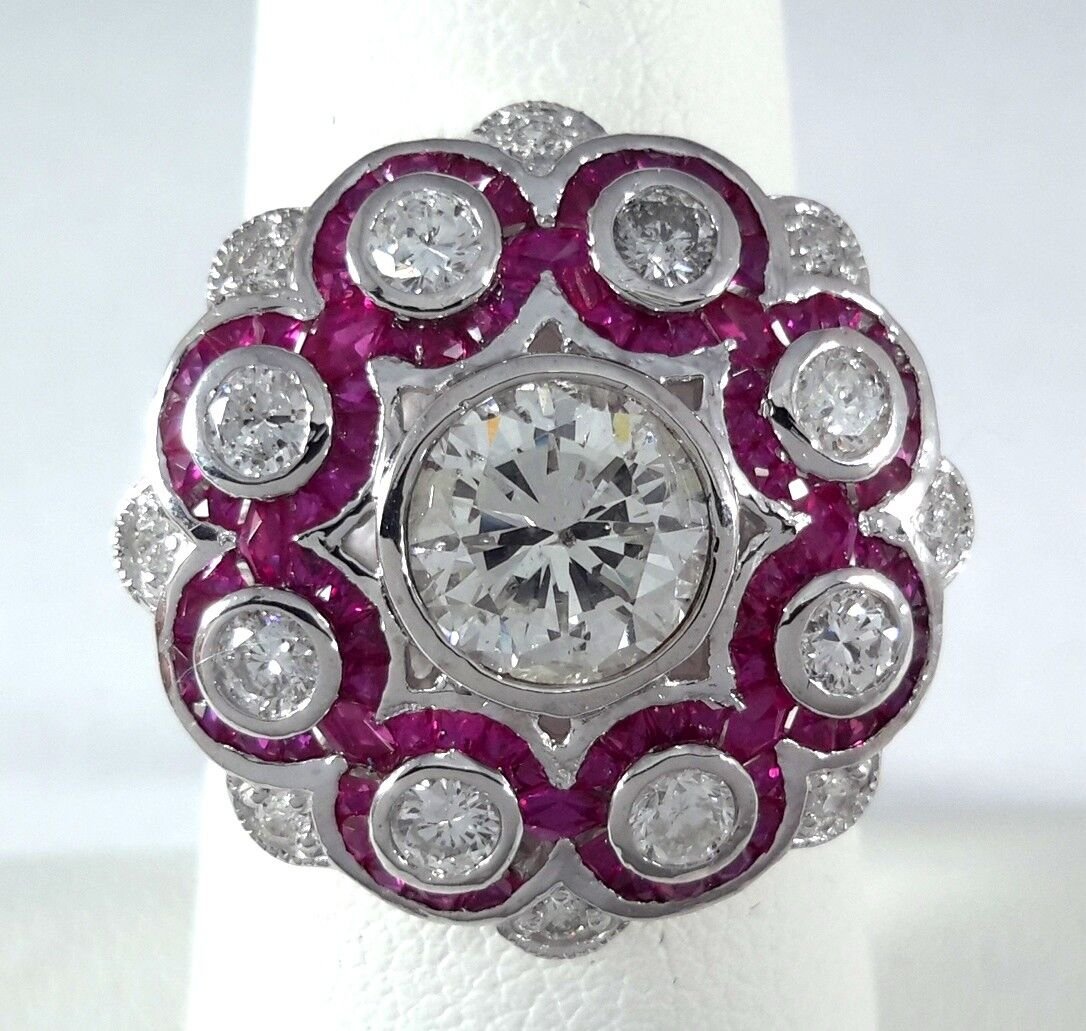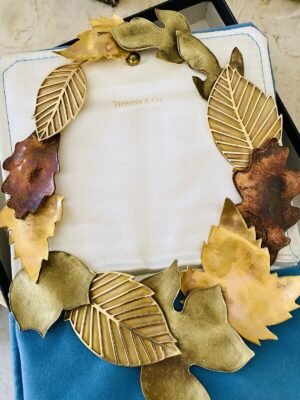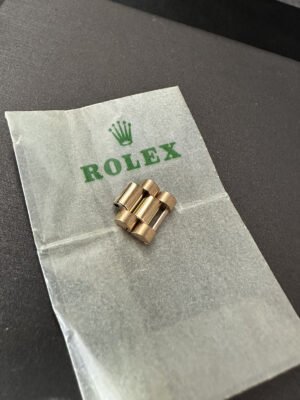Description
| Message Us For More Info! |
|---|
| 1.51ct Round Diamond w/ Diamonds & Ruby on Platinum Ring – R9710 |
|---|
| This festive Platinum Ring is mounted with a beautiful Round Diamond accompanied by smaller round white Diamonds and pinkish-red Rubies.
Main Stone: Diamond Color/Clarity: K/SI3 Main Stone Weight: 1.51ct Secondary Stone: Diamond & Rubies Metal: Platinum Metal Purity: 950 parts out of 1000 Ring Size: 6.5 Diamond
Available Shipping Worldwide Uni Lux |
|---|










